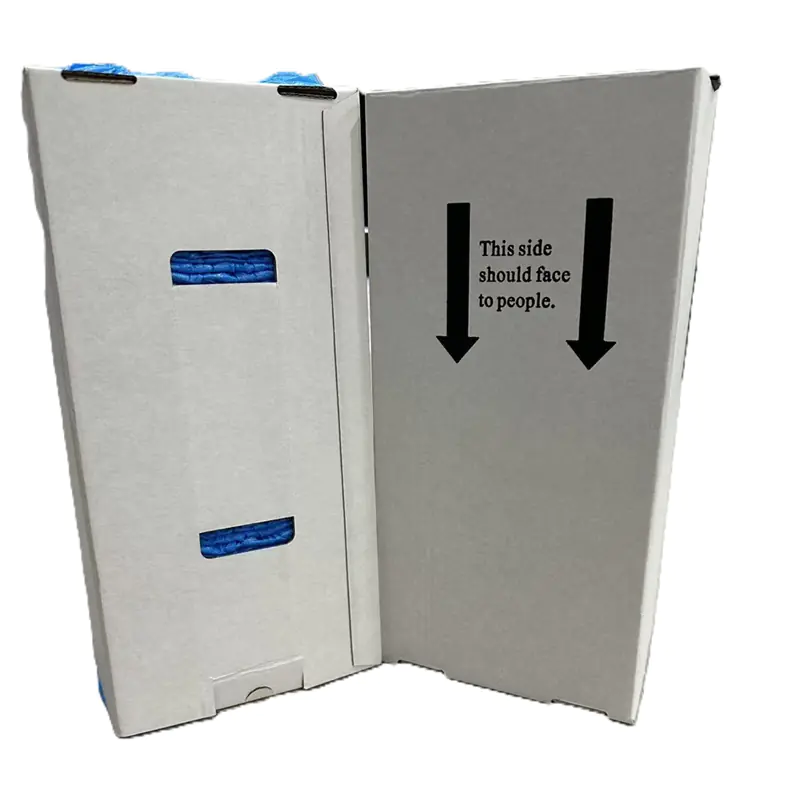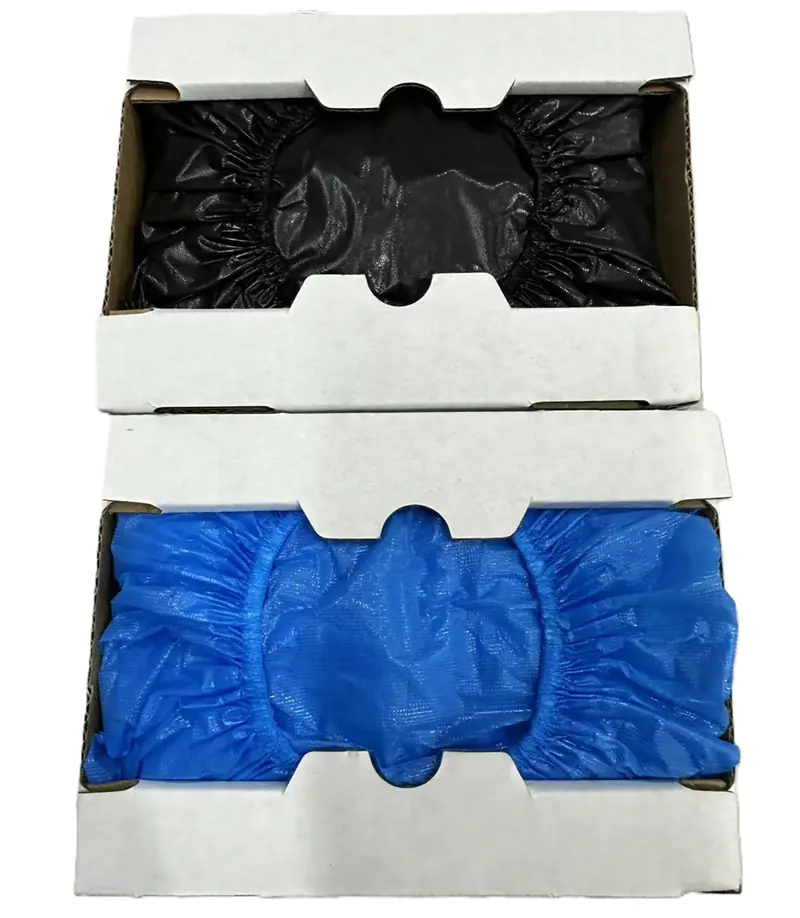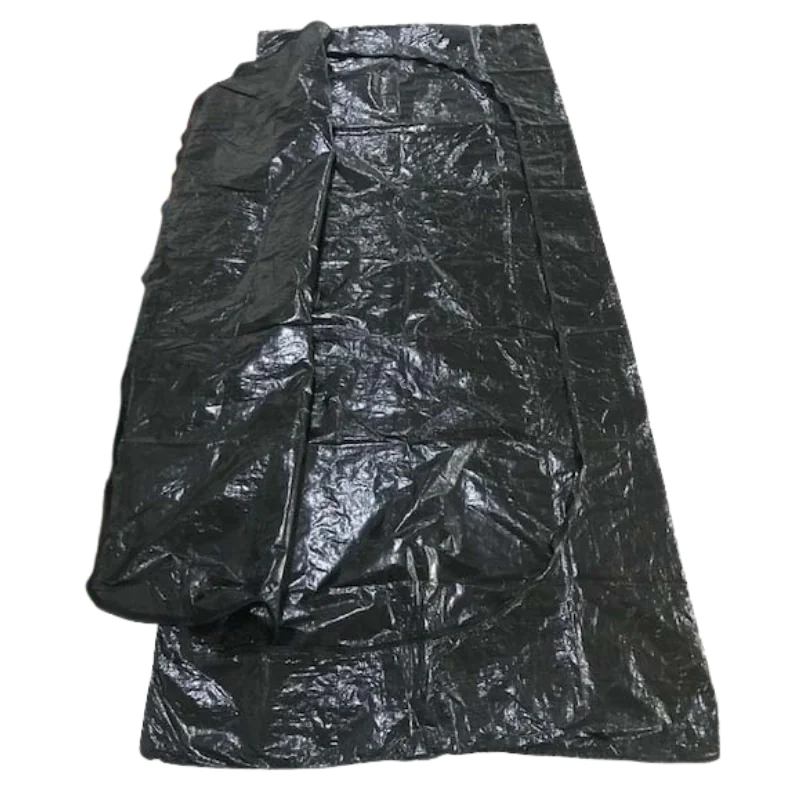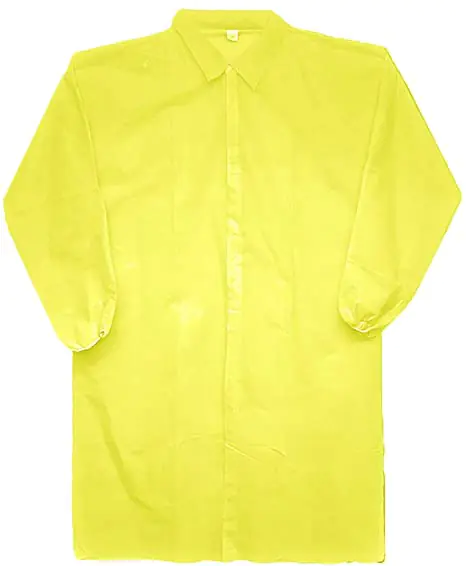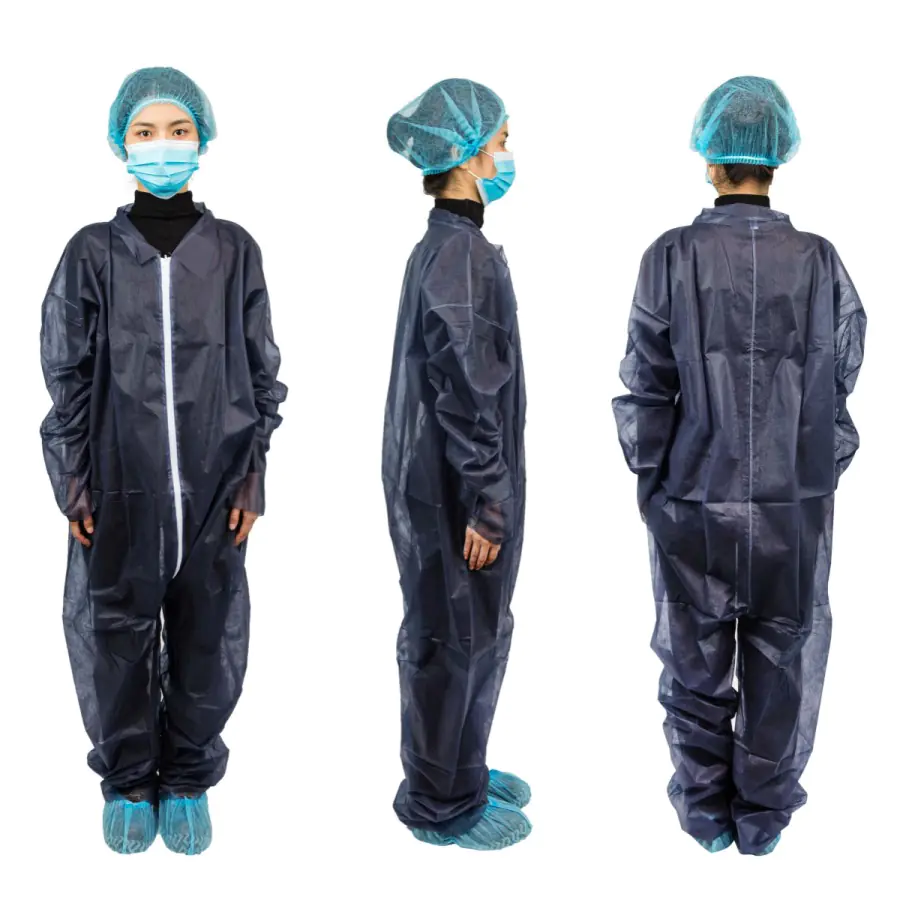What Are Hospital Bed Chuck Pads
Hospital bed chuck pads are absorbent, leak‑proof pads used on beds and chairs. They protect skin, linens, and mattresses. They help with patient safety every shift. They are also called almohadillas chux o empapadores.
These pads manage moisture, control odor, and block leaks. When used the right way, they help prevent skin damage, reduce infection risk, and keep rooms clean.

Why Patient Safety Needs Chuck Pads
Hospital bed chuck pads support patient safety in many ways:
- Moisture control: Pads pull liquid down and lock it in the core.
- Skin integrity: Dry skin lowers risk of moisture‑associated skin damage y pressure injury.
- Leak protection: The waterproof backing shields sheets and mattresses.
- Higiene: Fast changes support infection control and clean care.
- Comfort and dignity: Soft tops feel gentle and reduce friction.
- Slip risk near bed: Pads catch spills so floors stay dry.
For higher capacity needs or night use, see the rich, large options in the extra large disposable bed pads.
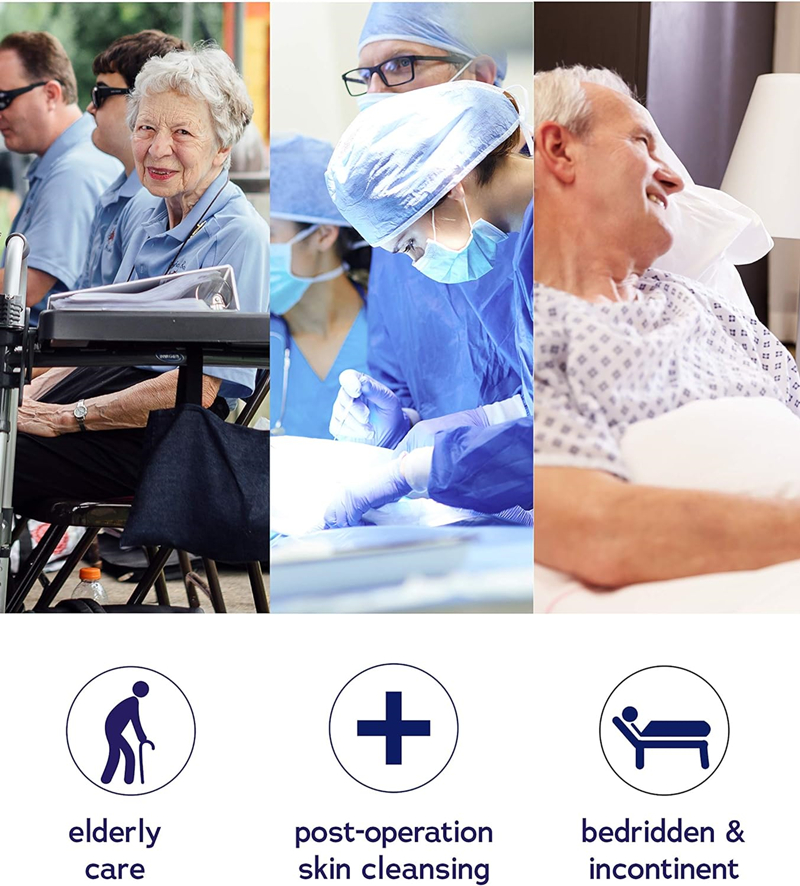
Key Features To Look For
Pick almohadillas para camas de hospital with strong, safe design:
- High absorbency core with fluff and SAP
- Leak‑proof PE film and sealed edges
- Soft, quilted top sheet that wicks fast
- Odor control to keep rooms fresh
- Adhesive strips to prevent pad shift
- Right size for bed, chair, or transport
If pad movement is an issue, choose secure options like bed pads with adhesive strips.
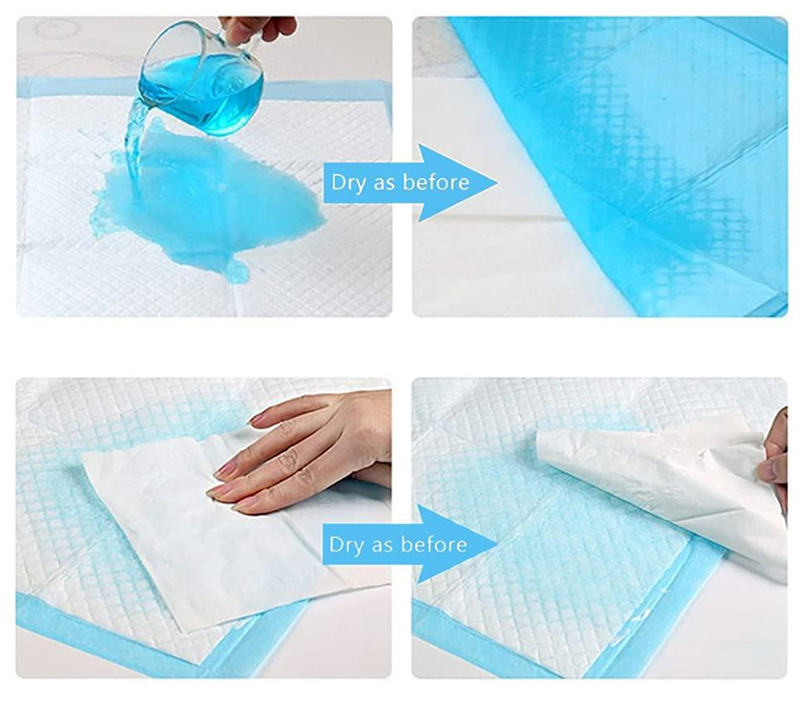
Best Practices: Setup and Placement
Use these best practices to boost patient safety and pad performance:
- Place the pad with the soft side up and film side down.
- Center the core under the hips and bottom.
- Smooth all wrinkles to reduce friction and pressure points.
- Use adhesive strips on clean, dry sheets.
- Do not over‑layer. Too many pads can trap heat and moisture.
- For high‑risk hours, add a thin layer like a disposable underpad sheet under the main pad.
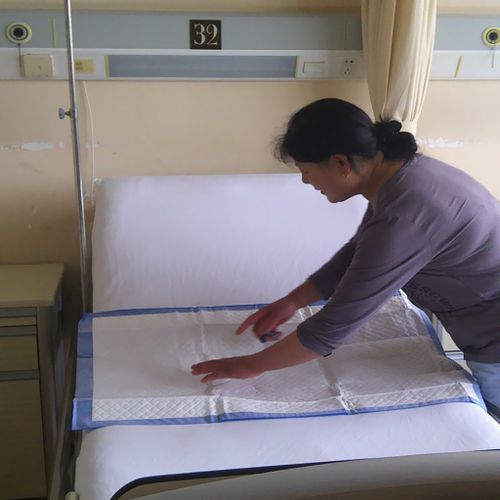
Best Practices: Change and Care Routine
A steady routine helps prevent leaks and skin issues:
- Change on schedule based on absorbency and patient need.
- Check pads at rounding. Replace if heavy, soiled, or wrinkled.
- Clean and dry the skin with each change.
- Apply barrier cream if ordered to protect skin.
- Reposition the patient as needed to reduce pressure load.
- Document changes, output, and any skin concerns.
For day care vs. night care, match the pad to the task. Compare core and size options using a disposable absorbent under pad for adult and child.
Infection Control With Chuck Pads
Good pad use supports infection control:
- Perform hand hygiene before and after each change.
- Wear gloves and other PPE as needed.
- Fold the soiled pad inward so the mess stays inside.
- Keep clean pads away from splash zones.
- Use closed bins for waste and remove trash on schedule.
Set a clear workflow. Keep clean stock at the point of care. Restock at shift end so the next team starts ready.
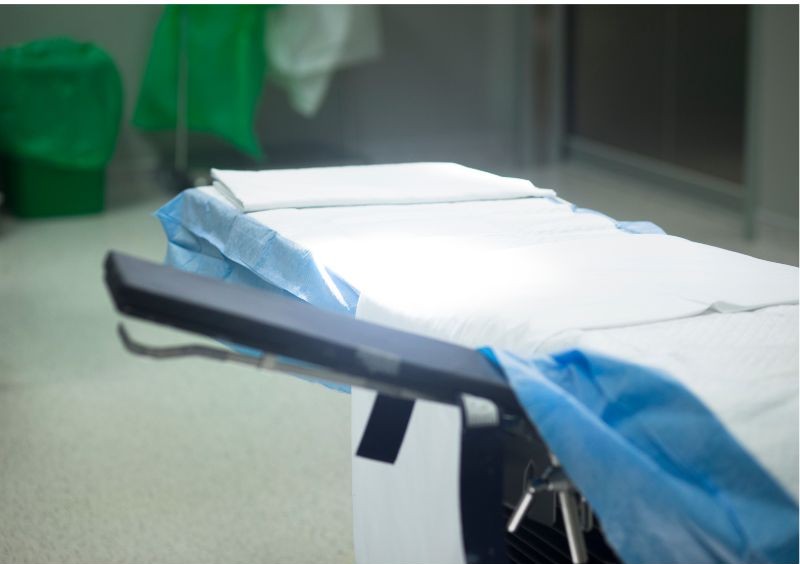
Mattress and Linen Protection
Protecting the bed lowers work and cost:
- Use almohadillas para camas de hospital to stop soak‑through.
- Combine with a mattress cover when needed.
- Swap linens only when soiled to cut laundry cycles.
- Inspect seams and corners for damp spots.
To extend mattress life, pair pads with a dedicated mattress protector when needed. For branding needs on pads, see the option for private custom printing chux pads disposable.
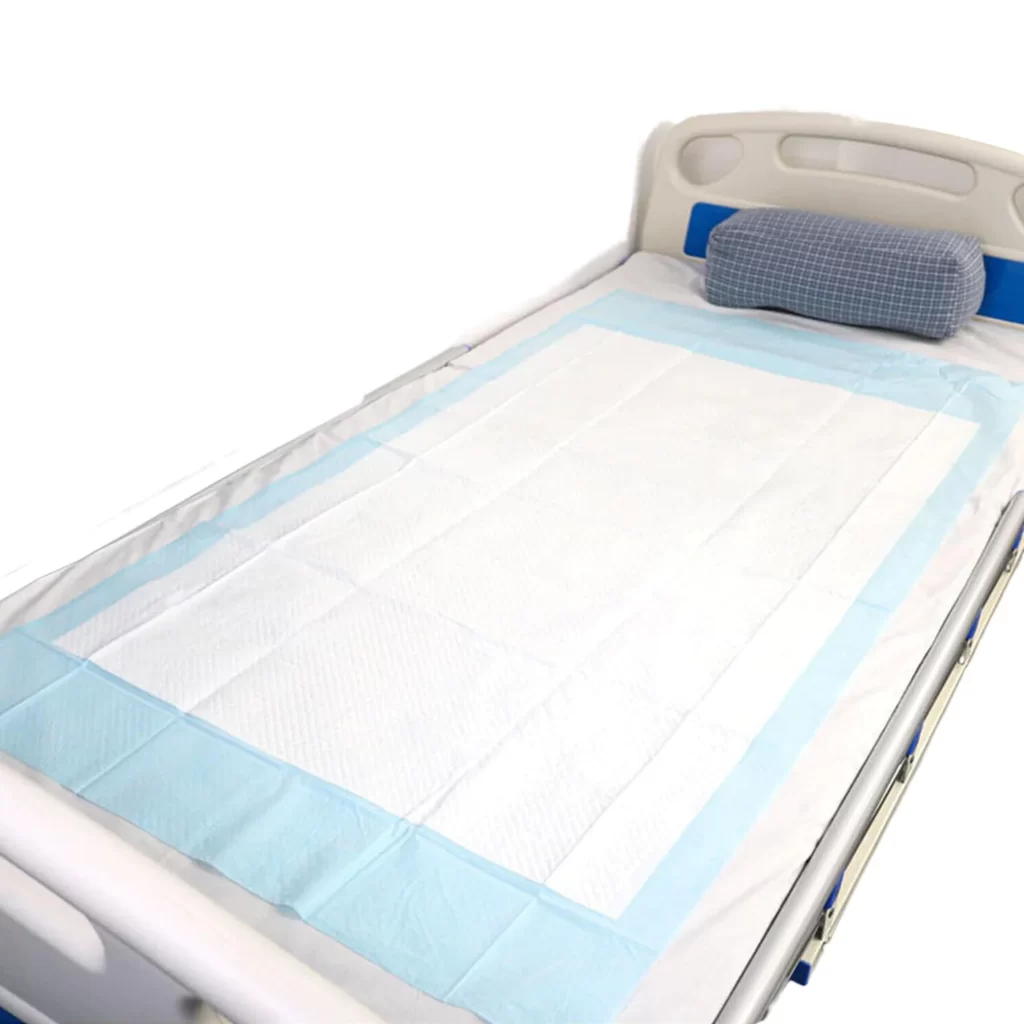
Special Situations and Safety Tips
Use extra care in these cases:
- Restless sleepers: Use pads with adhesive strips to prevent shift.
- Heavy output: Choose larger pads with higher absorbency.
- Wound or perineal care: Change more often and keep the area dry.
- Transport: Use a chair‑size pad to protect cushions.
- Do not lift with pads: Chuck pads are not transfer devices. Use a proper slide sheet when moving patients.
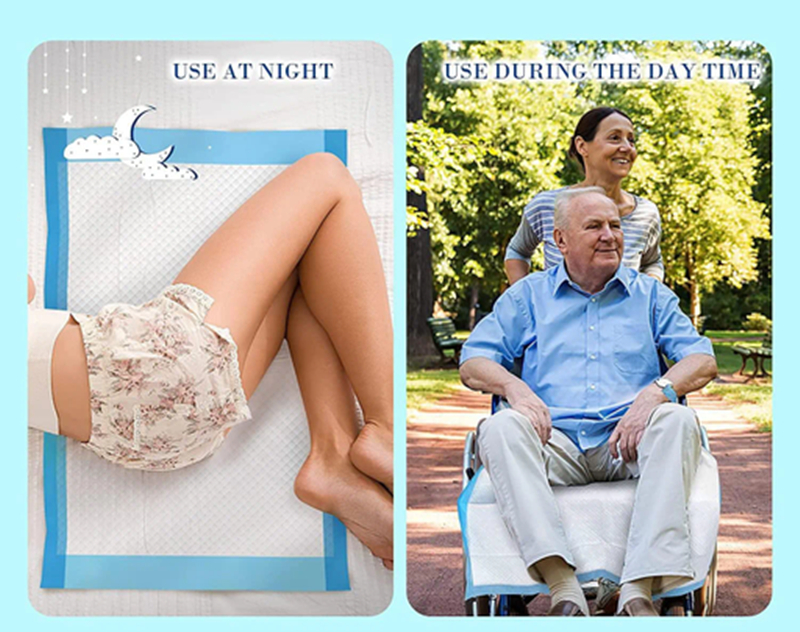
Staff Training That Works
Short, clear training keeps care safe and fast:
- Show the pad layers and absorbency levels.
- Demo correct placement and wrinkle control.
- Teach the change routine and skin checks.
- Review waste steps and bin locations.
- Use a one‑page guide at each cart.
- Coach new staff during the first shifts.
Reinforce best practices on nights and weekends. Make it easy to follow the same steps every time.
Waste and Environmental Good Sense
Smart pad use can lower waste:
- Use the right absorbency so you change less often.
- Do not double pad unless truly needed.
- Roll and seal used pads to avoid drips.
- Keep floors dry to prevent slips during disposal.
- Track use per bed so you can plan stock better.
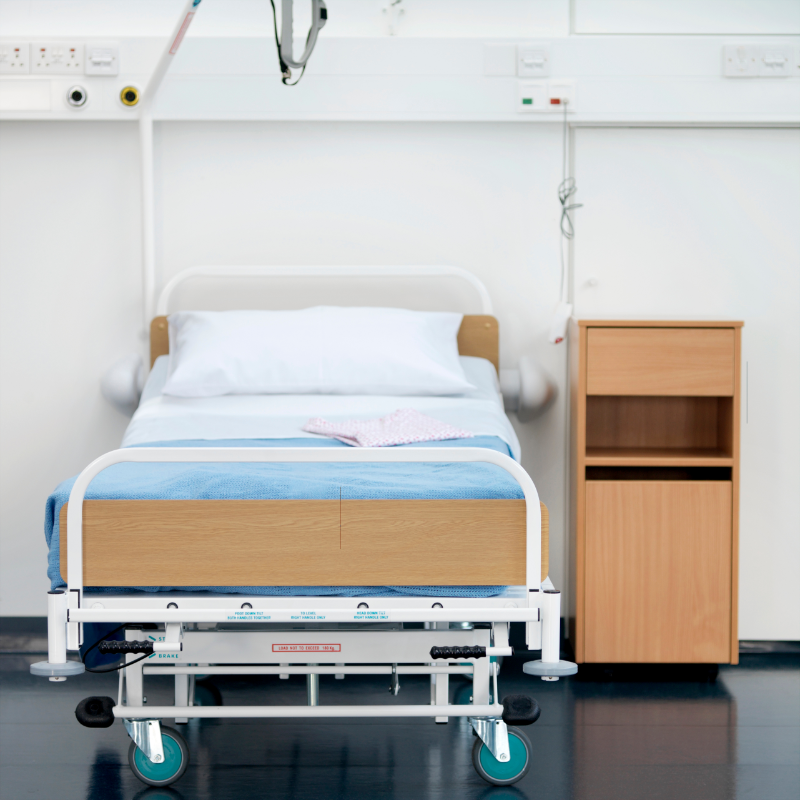
Make It Part of Daily Workflow
Fold pad use into daily work to protect patient safety:
- Stock pads by size and shift.
- Place pads during bed making, not after leaks happen.
- Check pad status at rounds and turns.
- Tie pad change to skin and comfort checks.
- Log changes in the chart for the care team.
Tracking and Quality Checks
Watch a few key points to improve results:
- Pads used per patient per day
- Leaks per week and linen changes
- Skin checks and pressure injury reports
- Time per change and room reset
- Feedback from staff and patients
Small gains in each line bring steady wins in patient safety, comfort, and workload.
When To Scale Up Or Down
Adjust your plan as needs change:
- If pads are dry at change time, try a lower absorbency.
- If pads flood early, step up size or core weight.
- If pads shift, add adhesive strips or size up.
- If skin is warm and damp, reduce layers and change sooner.
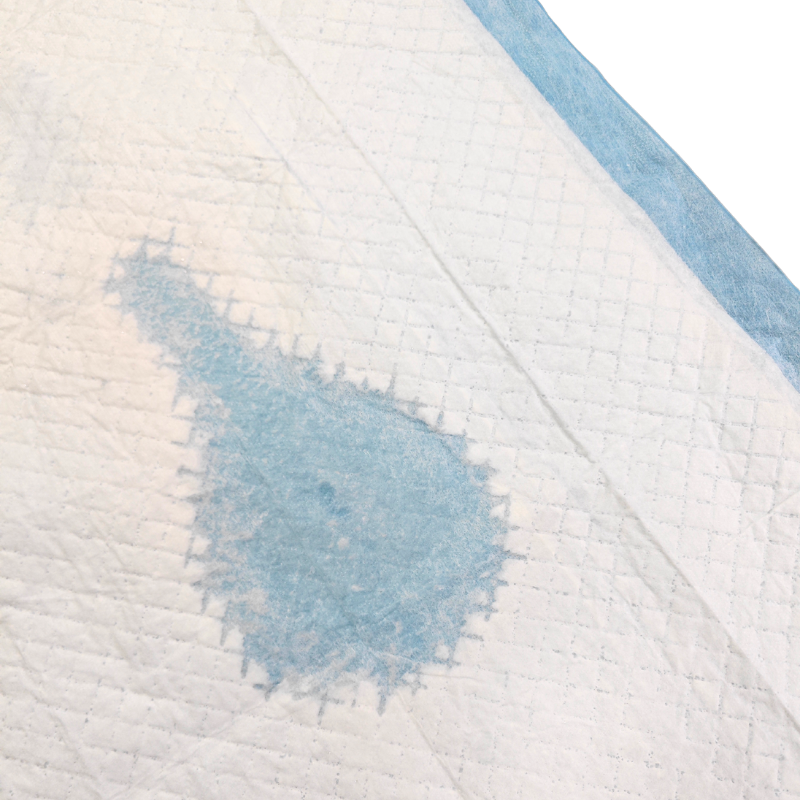
Conclusión
Hospital bed chuck pads are a key tool for patient safety. With the right pad, the right absorbency, and the right best practices, you can protect skin, stop leaks, and keep rooms clean. Set clear routines, train the team, and track simple numbers. Your care will be safer, faster, and kinder.
Explore more options that support safe, clean care:
- High‑capacity night protection: extra large disposable bed pads
- Stay‑put placement: bed pads with adhesive strips
- Core and size choices: disposable absorbent under pad for adult and child
- Thin layering support: disposable underpad sheet
- Custom brand options: private custom printing chux pads disposable


